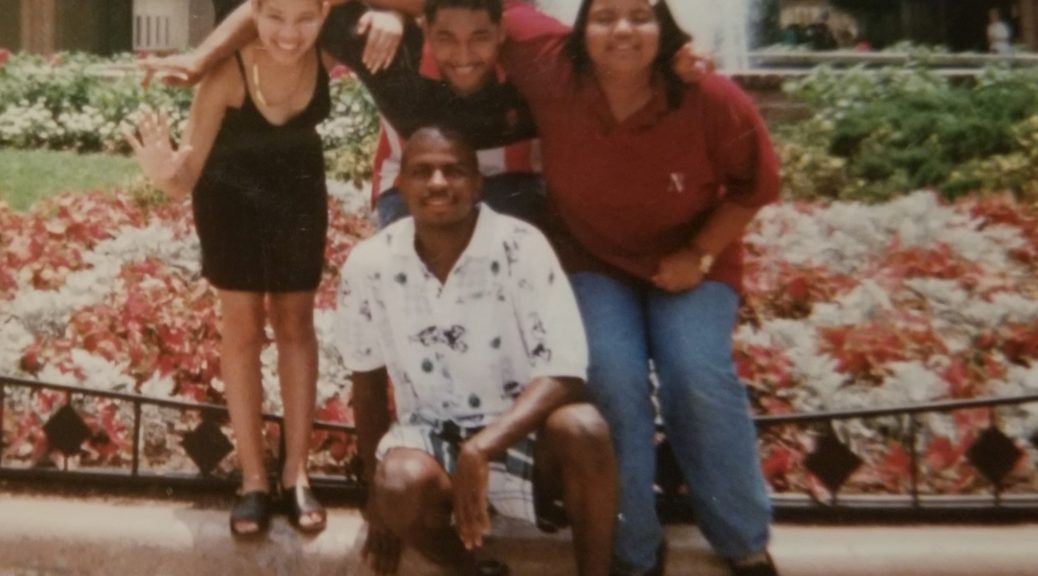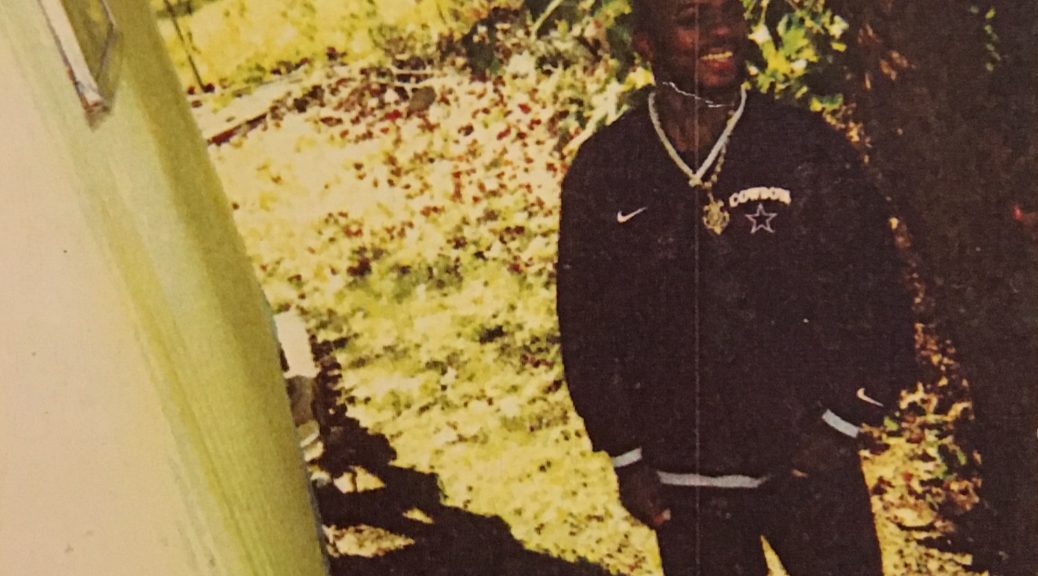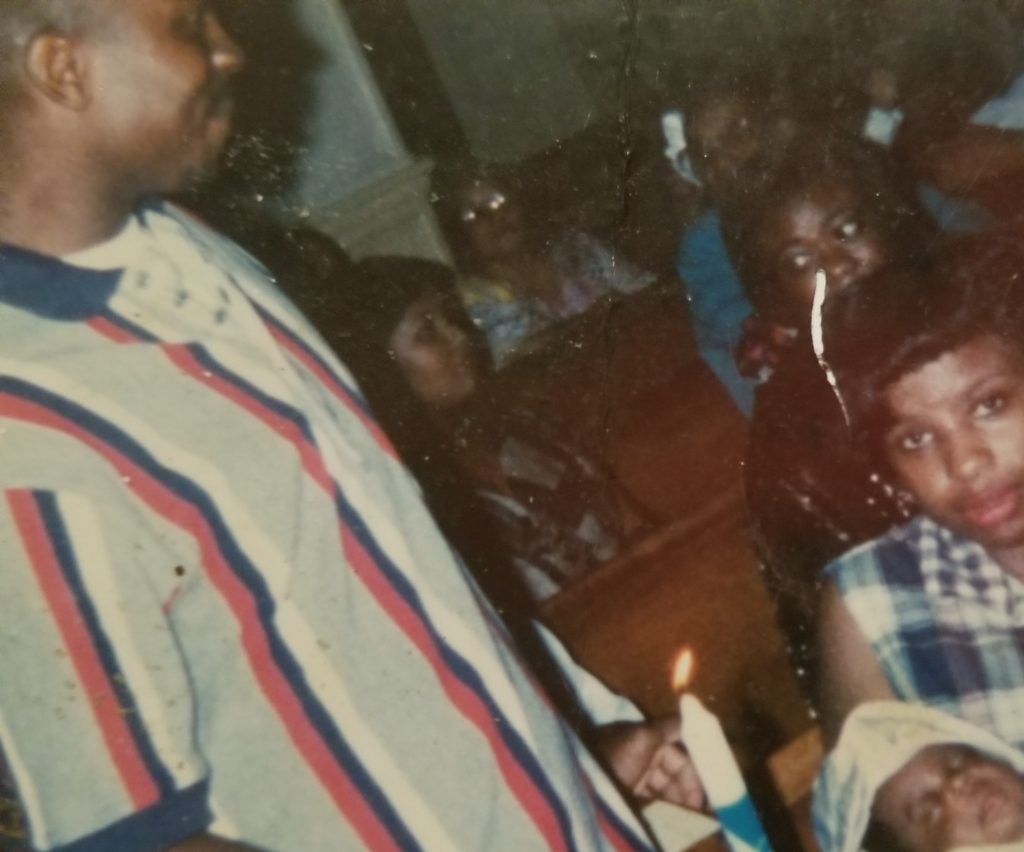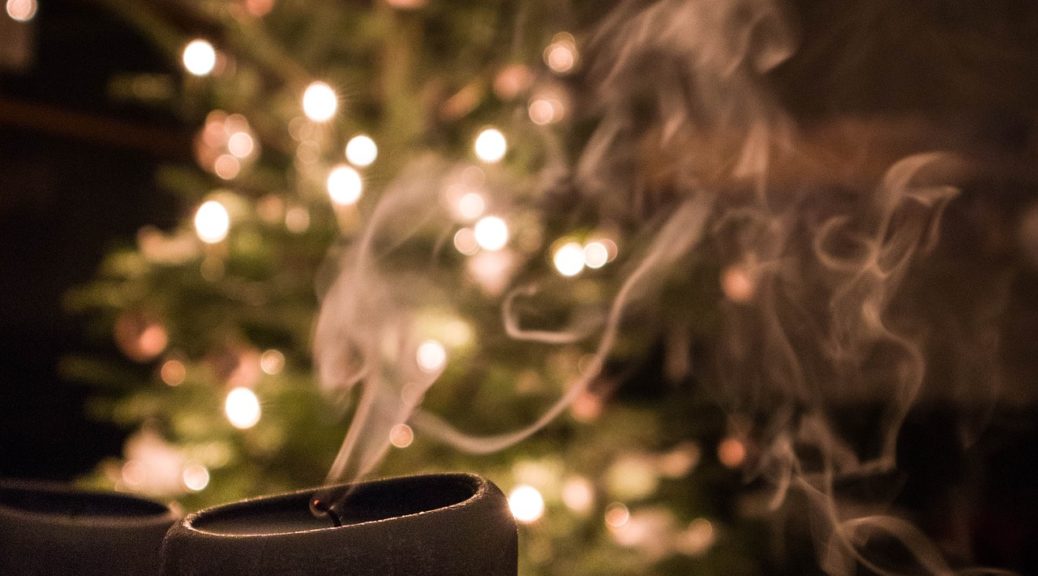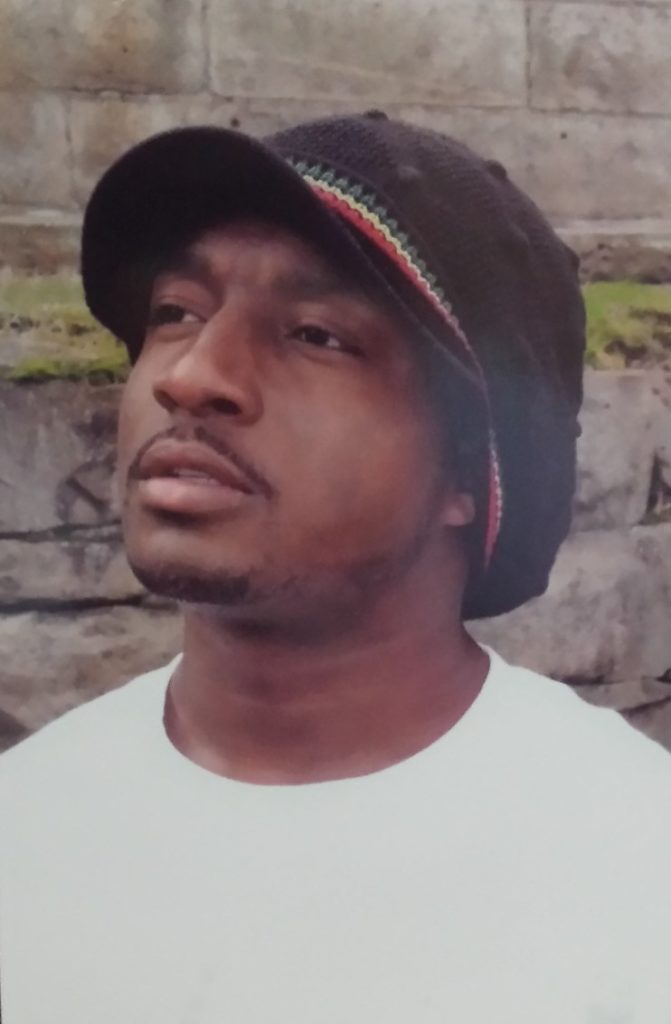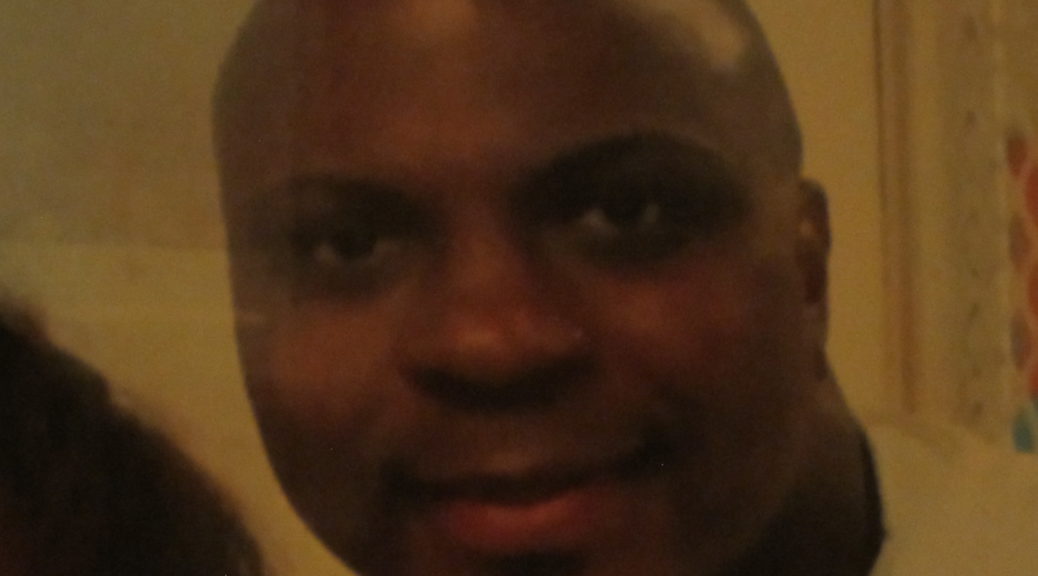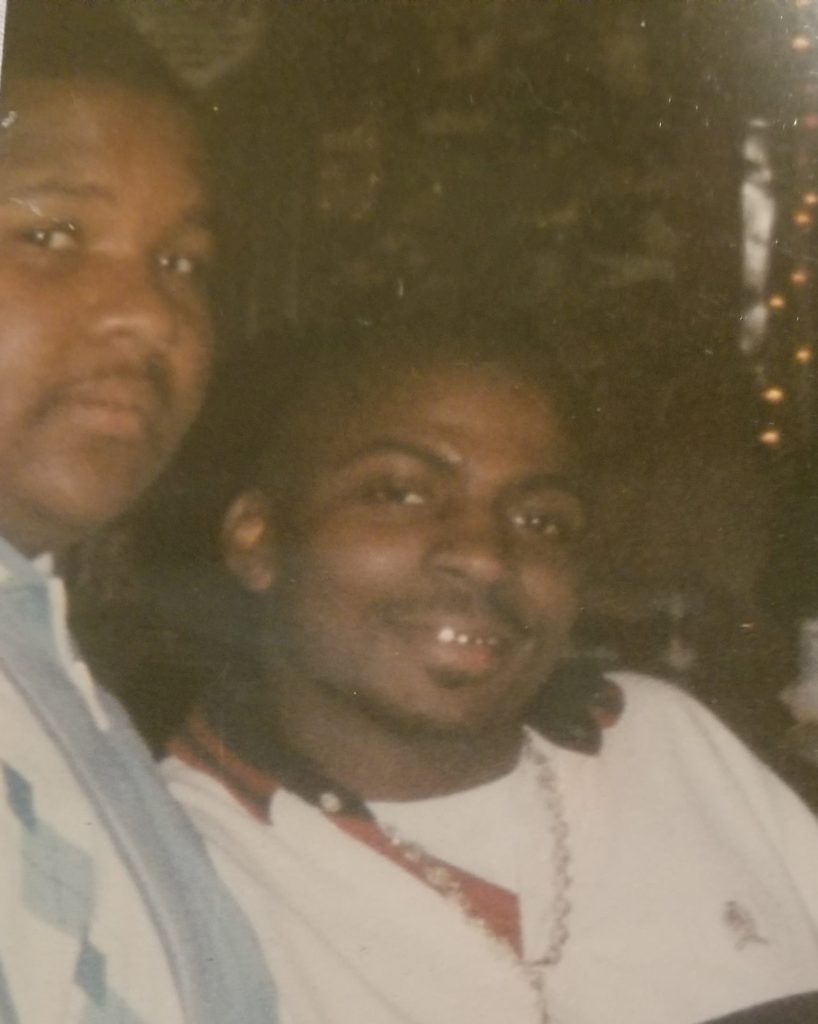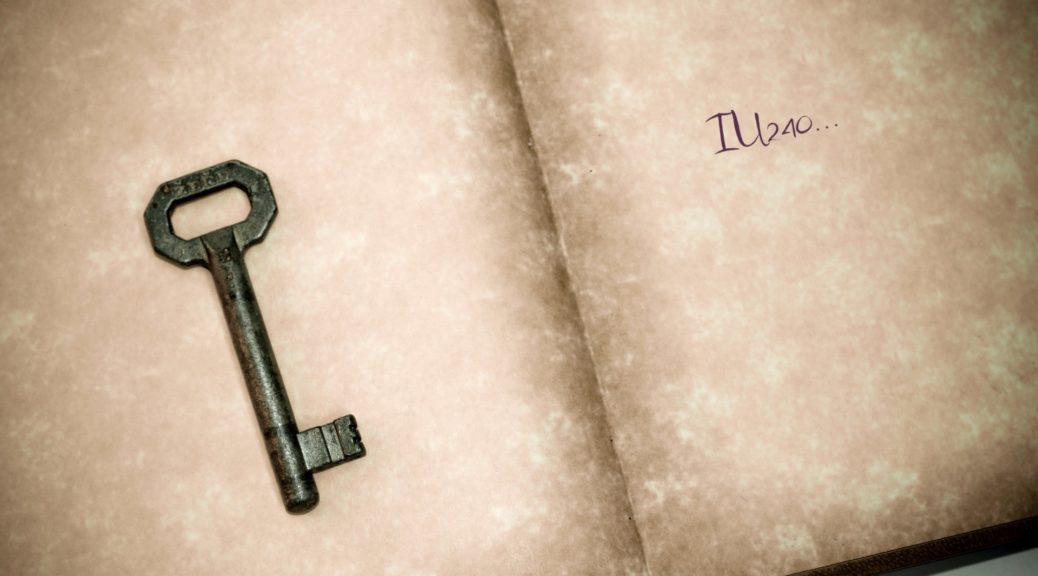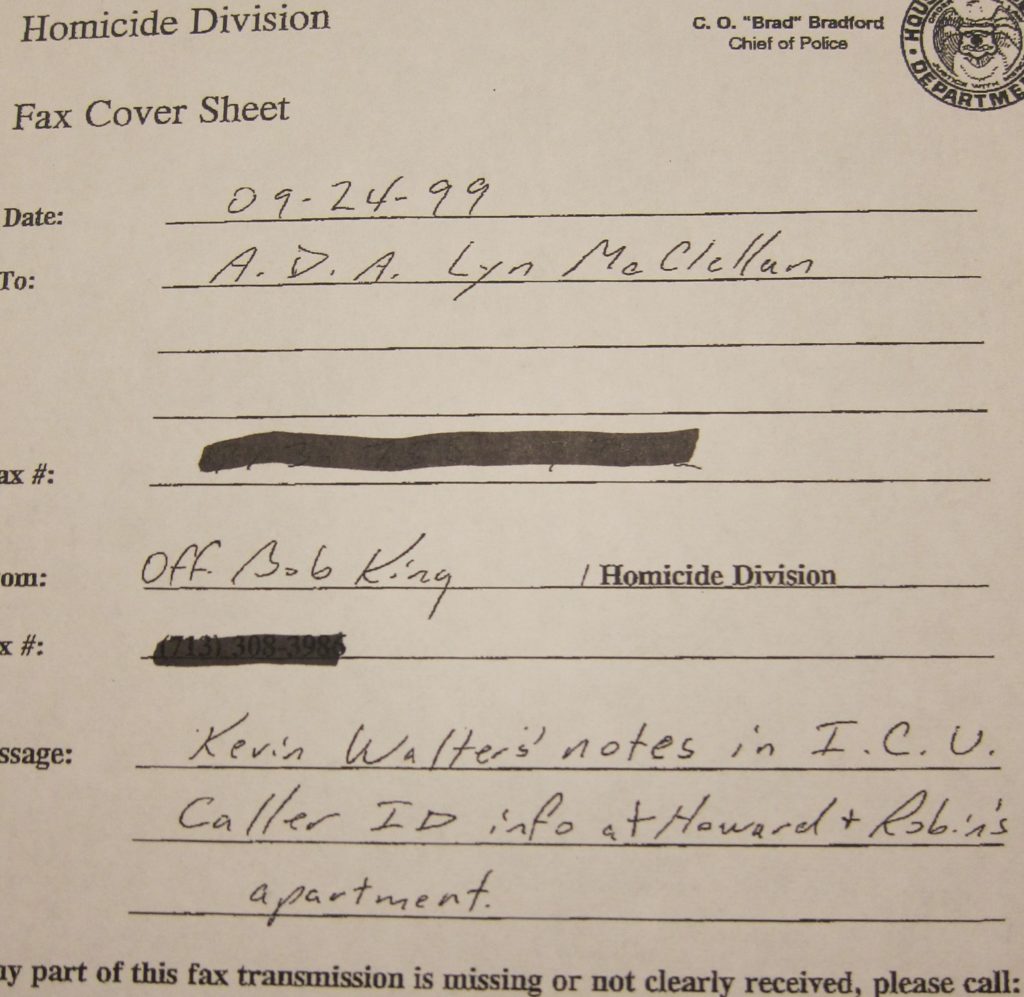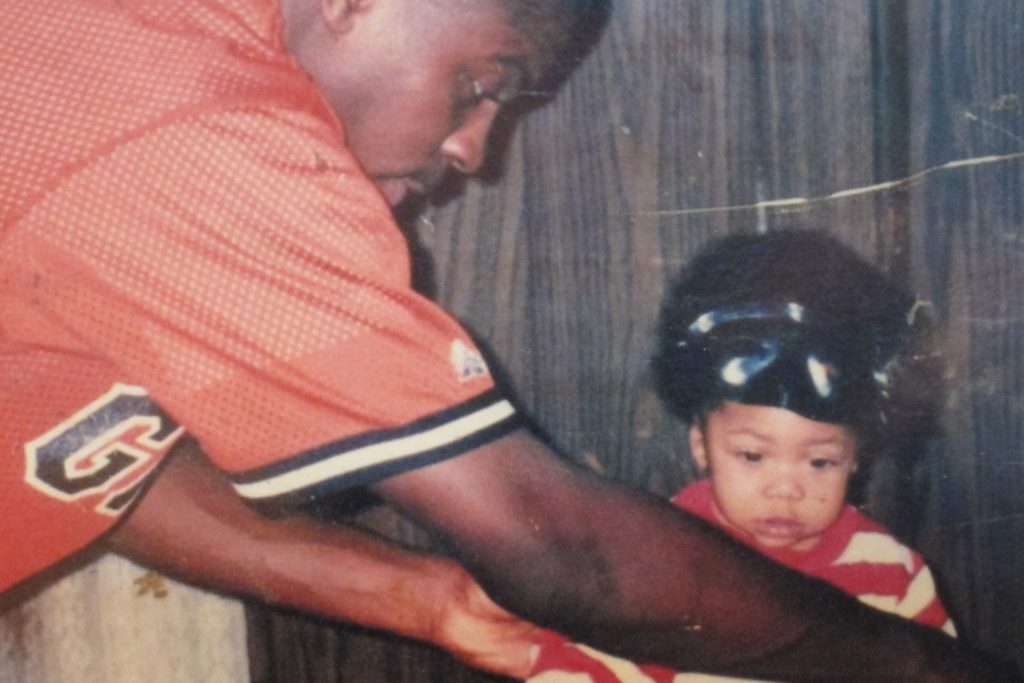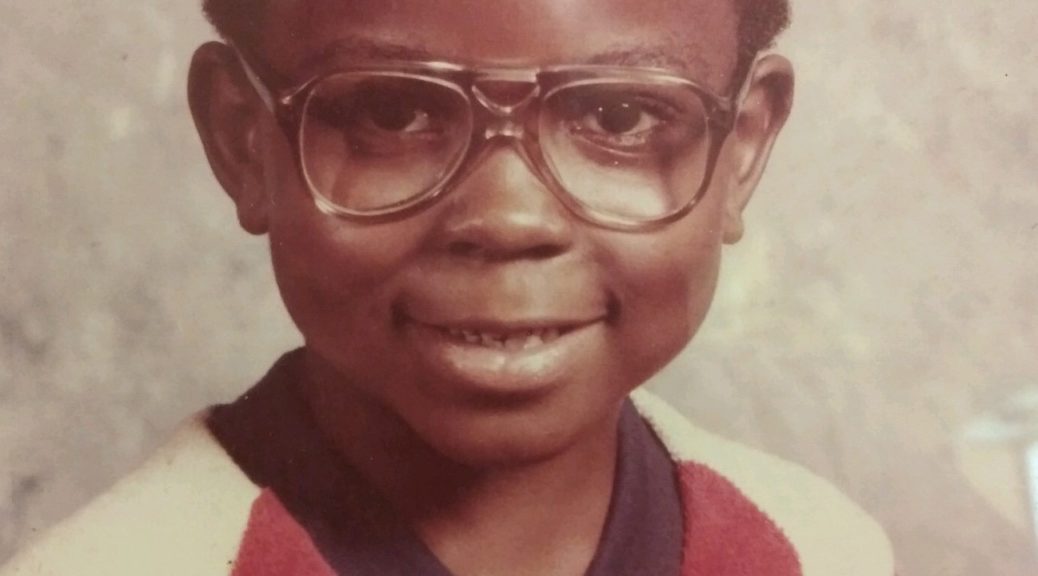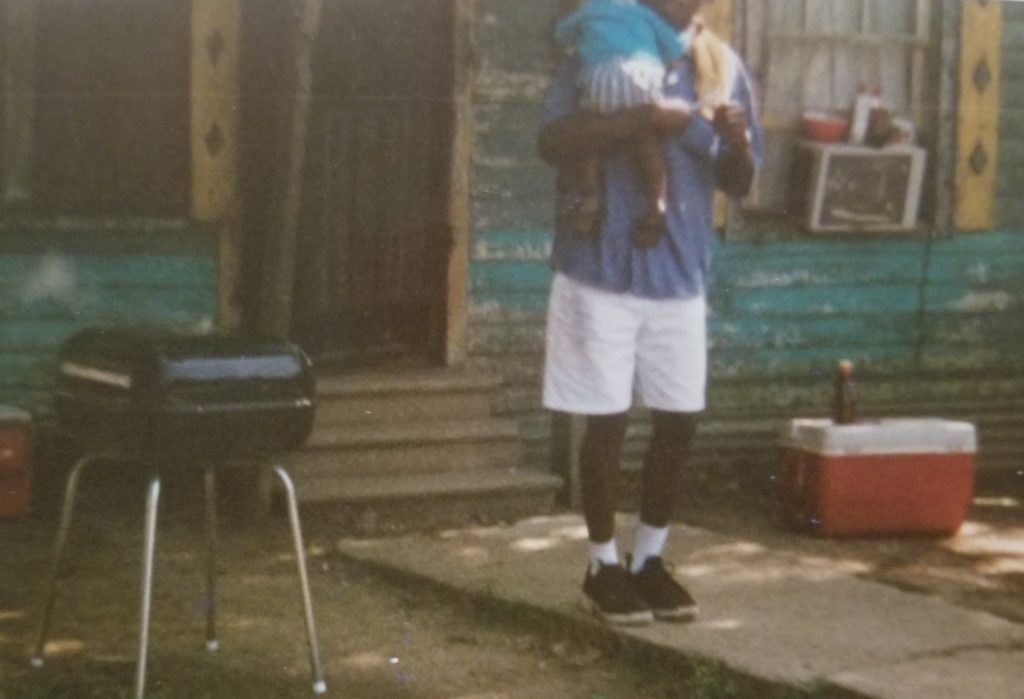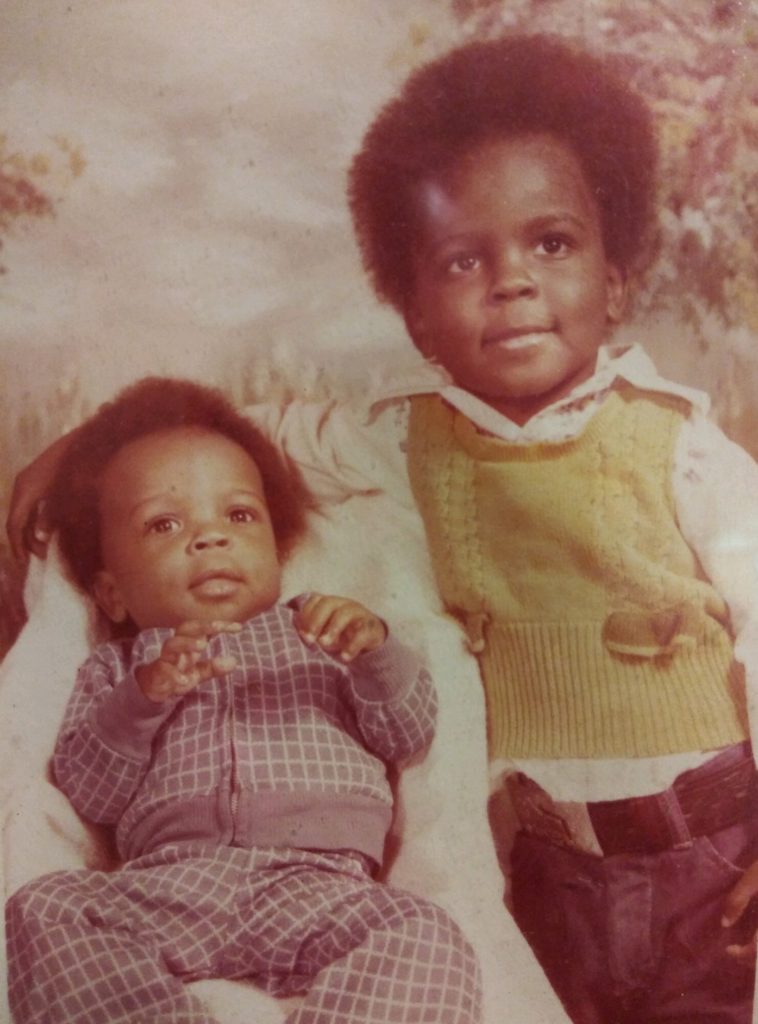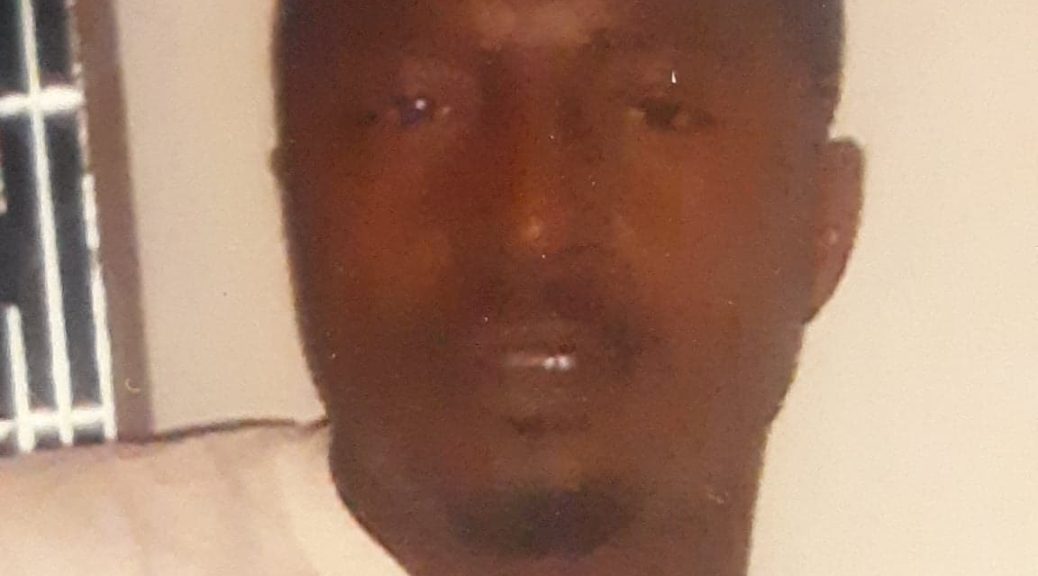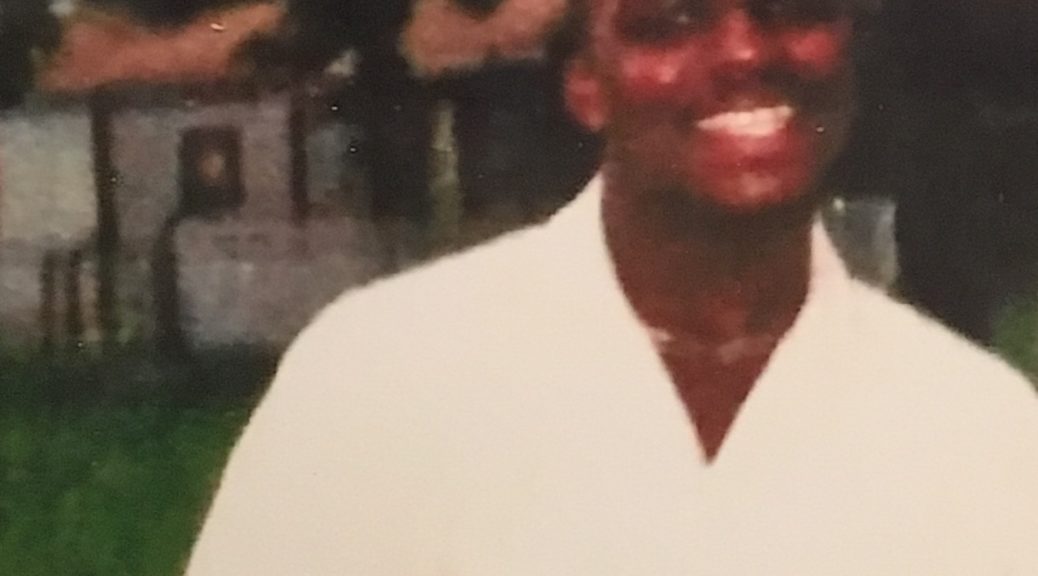Following is testimony taken from trial transcripts dated October 13, 1999, during the Punishment Phase of the case against Charles Mamou, Volume 22, beginning on Page 67. The disturbing case – which includes information the District Attorney had that was never shared with Mamou, including a rape kit and untested evidence, the prosecution not bringing attention to information they had that could discredit two of their witnesses while they were on the stand, a letter written by a key witness that the court appointed defense never presented and even biological evidence being signed out by an HPD employee with no explanation in 2019 – had returned a guilty verdict. At this point in the trial – the goal was to ensure Mamou received the death penalty. The prosecution brought Joseph Melancon to the stand to testify that Mamou had killed someone else months before. Mamou was never tried in this case, nor given an opportunity to defend himself. I’ve abbreviated the testimony here, but it is taken directly from the transcripts.
Q. Did you then meet up with the defendant, Charles Mamou, on that Saturday evening?
A. Yes.
Q. And where did, where did you meet him at?
A. At my house.
Q. And was he by himself or with someone?
A. By himself.
Q. And did ya’ll end up then going out that evening?
A. Yes.
Q. About what time, if you know, did you leave?
A. 8:30, 9:00, 9:30, something. Maybe 9:30, 10:00.
Q. All right, and where were you going to go when you left?
A. We was going to Jamaica. It’s a club.
Q. Did you get to the Jamaica Club?
A. No, we didn’t.
Q. What happened on the way to the Jamaica Club that prevented you from getting there?
A. Chucky got a phone call on his cell phone.
Q. And do you know who he was talking to?
A. No, I don’t.
Q. You just heard his end of the conversation?
A. Yeah.
Q. What was he saying in the cell phone?
A. He said, you got that for me.
Q. What did he say next, if you recall?
A. He hung up.
Q. All right. Where did you end up going?
A. To the little store on Buffalo and West Fuqua.
Q. When you got to the store at Fuqua and Buffalo Speedway, what kind of store was it, do you know?
A. It was like a convenience store.
Q. What happened when you arrived at the convenience store?
A. They had three guys standing out at the convenience store.
Q. Okay. Did ya’ll park or what did you do?
A. We pulled up. And one of the guys came to the car’s front passenger door, and I got out and they got in.
Q. Did you know who that person was?
A. Yes, I did.
Q. And how did you know who – what did you know that person’s name to be?
A. Bruiser.
Q. And what did you say the person you’ve identified as Bruiser did when he came to your side of the vehicle you were in?
A. He opened my door.
Q. Okay, and did you get out or did you stay in?
A. I got out.
Q. Where did you go?
A. I went and talked to the two guys that was standing up with him.
Q. And who were the two guys?
A. A guy named Lonnie and Wiener Man.
Q. What did Bruiser do after you got out of the vehicle?
A. Him and Chucky was in the vehicle talking.
Q. All right. So did Bruiser get in the vehicle?
A. Yes.
Q. What did you see the defendant, Charles Mamou, do then, the next thing you saw him do?
A. He got out of the vehicle and went into the store.
Q. Did you see him come out of the store with anything?
A. Yes.
Q. What did he come out of the store with?
A. Two brown bags. Looked like something to drink was in them.
Q. All right. What did he do after he came out of the store? Where did he go and what did he do?
A. He got in the driver’s seat and drove off.
Q. All right. Did he say anything to you before he drove off?
A. No.
Q. What were you doing then after you saw the defendant and the person you identified as Bruiser drive off in a vehicle driven by the defendant? What were you doing?
A. I was talking to Lonnie and another guy named Wiener Man.
Q. And while you were outside the store talking, did you hear anything unusual?
A. Yes.
Q. What did you hear?
A. Sounded like a gunshot.
Q. One or more?
A. One.
Q. After you heard what sounded like a gunshot, did someone come to the location where you were at?
A. Yes.
Q. Do you know who this person was?
A. No.
Q. Without telling me what they said, did they say something?
A. Yes.
Q. As a result of what they said, what did you do, if anything?
A. I got in the car with Lonnie, and we rode over on West Fuqua by the entrance to the Almeda Manor neighborhood, the entrance to the subdivision.
Q. What was there at that location?
A. It was a lot of people around, and Bruiser was laying on the ground.
Q. Now, did you get out of the vehicle?
A. Yes, I did.
Q. Did you go to where Bruiser was?
A. Yes, I did.
Q. Did you hear anything Bruiser was saying?
A. Yes, I did.
Q. What was he saying?
Judge, We object to hearsay.
The Court, It’s overruled.
Q. What did you hear him say?
A. He said, My boys shot me, and he just kept saying it over and over.
Q. After you saw Bruiser laying there, what did you do?
A. I walked over about two houses down with another friend of mine from the neighborhood, and I used his phone.
Q. Okay. And who did you call?
A. I called my wife.
The witness then goes on to testify he fled Houston out of fear for his life. He said he didn’t ‘feel safe’. When questioned by the defense –
Q. Did Lonnie and Weiner Man stick around with you for the police to get there that night?
A. I was with them when the police and the paramedics got there.
Q. And you offered information to them and gave them your name?
A. No.
Q. Police ask you what your name was?
A. No
Q. How long after you saw Bruiser and Mr. Mamou drive off did you hear what you thought might have been a gunshot?
A. Maybe four or five minutes.
Q. And who are you talking to at the time that that happens?
A. Lonnie and Wiener Man.
Q. When you talked to Sergeant Herman from Houston Homicide Department, do you tell him basically what you‘ve told us here today?
A. Yes.
Q. Now, did you introduce Bruiser to Charles Mamou?
A. No, I didn’t.
After the testimony of Joseph Melancon, the medical examiner was called to the stand and autopsy photographs of ‘Bruiser’ were shared with the jury, including close up views of the gunshot entrance wound and his face. The deceased man’s big sister then testified regarding the loss of her brother and how it impacted her family.
Charles Mamou was not on trial for the murder of Anthony Williams (Bruiser). He was on trial for the kidnapping and murder of Mary Carmouche in a case I’ve detailed extensively and some of those details can be found here. The prosecution pushed for a death sentence after they already had a ‘guilty’ verdict. Going into the punishment phase, they knew they already had the upper hand and were privvy to things – Mamou only found out this past year.
The jury only heard the above testimony – which seems pretty cut and dry. What I’m sharing here is what the jury never heard, what HPD knew all along, and I would venture to guess the prosecution did as well since Lynn McClellan supplied Det. Novak with a grand jury subpoena in connection with this investigation on September 23, 1999, during the Mamou trial. This is what the jury never heard:
Unlike his testimony, according to the HPD file, Joseph Melancon contacted police on October 16, 1998, after he heard police wanted to talk to him. Sgt. Herrmann recorded what Joseph Melancon stated at that time.
Joseph Melancon stated the possible suspect, Chucky Mamou, called him and came and picked him up and they went to the Shannon’s Club on Buffalo Speedway and Fuqua. Joseph Melancon stated this was some time around 11:00 PM. Joseph Melancon stated just after he and Chucky Mamou arrived at the Club, Chucky Mamou met the complainant and they started talking.
Joseph Melancon stated, in a short while, Chucky came and told him he had to do some business, and at that time Chucky Mamou and the complainant left the Shannon’s Club. Joseph Melancon stated he remained at the Shannon’s Club and he was visiting with a man called Weiner Man and also a man named Lonnie. Joseph Melancon stated while they were talking someone came up and told Weiner Man that the complainant had been shot.
This original statement, made less than two months after the murder, is a far cry from Melancon’s testimony. There is more that police knew.
The next actual ‘witness’ police spoke to that knew anything about the incident was the man known as Weiner Man. On December 7, 1998, police talked to him. According to police records, he stated, ‘he was at the club in the next block south of where the complainant got shot.’ Police went on to say, ‘after he learned the complainant had been shot, he went to where the complainant was laying on the parking lot of the auto repair shop.’ ‘he heard the complainant say that my home boy shot me.’
The first two statements in the file made by individuals who might know something, Joseph Melancon and Weiner Man – both contradict the testimony used at Mamou’s trial. According to Weiner Man, he doesn’t mention Mamou, and he says he was in a club at the time of the shooting. Investigators also spoke to Mamou’s father early on in the investigation and were told he’d seen his son, Charles Mamou, in Louisiana that Sunday, as there had been a family wedding on the day of the shooting.
On September 20, 1999, during Mamou’s trial, Detective Novak of HPD, the investigator that weighed heavily in the highly questionable case built against Mamou, re-opened the Anthony Gibson (Bruiser) case. He immediately spoke to a cousin of Joseph Melancon’s who made a video statement that was summarized in the police file. His description of what Melancon told him happened is different than the others. According to the police summary, “They all three met up and went over to Mannies to discuss what they were going to do. He says that Bruiser and Chucky then bought a beer at the store and that Bruiser and Chucky then left and went back to Mannies. He says that his cousin, Joey, then told him that a few minutes later he heard some gunshots and he took off running. He stated that he had never met Chucky Mamou nor had ever seen him. He says that he learned through his conversation with his cousin that the guy was Chucky Mamou and that Chucky and his cousin grew up with one another in Sunset, Louisiana, and Opelousas, Louisiana, and attended school together. He stated that Joey told him that it was a marijuana deal and that Chucky was paying $7,500 for the marijuana. He said his cousin helped set up the dope deal. He says that his cousin also was standing in close proximity to Mannies and saw the sport utility vehicle pull up at Mannies and soon afterwards he heard two gunshots and that is when his cousin took off running. He says that his cousin fled to Dallas after Chucky threatened to kill him if he ever told.”
In contrast to the testimony, Melancon’s cousin has the three parties meeting up at Mannies prior to anything happening. It indicates Melancon arranged the exchange and also states twice that Melancon took off running, rather than getting in a vehicle with Lonnie, as he testified, and going toward the shooting. Of note, it also says that Bruiser, Mamou and Melancon all met up at Mannies, ‘and after Bruiser and Chucky got to know one another they took his cousin back to the store and let him off’. So – in this version, Melancon introduced Bruiser and Mamou and all three were in a car together at one point. This contradicts every previous statement.
On September 21, 1999, Sgt. Novak takes a written statement from a man named Adam Peterson. He describes what he saw in the parking lot of the convenience store, after he pulled up and saw Bruiser there. ‘When I was talking to Bruiser, I noticed a sport utility vehicle that was dark in color either black or green, pull into the parking lot. I saw Joey walk over to the sport utility vehicle on the driver’s side. Joey and the driver were talking. I then got out of the truck and walked in the store.’
Peterson goes on to describe the driver of the vehicle going in the store and purchasing a beer. Peterson drove away from the parking lot, and didn’t know anything else. When shown a photo spread which included Charles Mamou, he could not identify anyone. Of note, Peterson also says, ‘I talked with Joey very briefly. Joey is a cousin to Joseph Malbrough. Joey told me that he had just been on Main and that was a bunch of women out there. And my response to him was if there were so many women out there, then why wasn’t he out there. His response was that I had just left from out there.’ What’s interesting about this portion of the statement – Joseph Melancon will later tell police he’s never heard of this man and didn’t speak to him in the parking lot. Also interesting – this witness told police Melancon was not in a car with anyone, but rather at the store when the vehicle pulled up that had its occupant go in and buy a beer.
On September 22, 1999, Weiner Man went to the homicide office. Again, this investigation was occurring during Mamou’s trial. Weiner Man stated, ‘He had gone to the Buffalo Store and saw Bruiser and Lonnie in the parking lot. He stated he talked to Bruiser and that he told him not to leave.’
He went on, ‘He stated he told Bruiser that he was hungry and he went to Shannon’s and ordered a hamburger. He stated that Bruiser came in the club and shortly thereafter, Joey entered the club. He stated that Joey was dressed up in a crisp white shirt like he was clubbing. He stated that Joey went over to Bruiser and they spoke out of his hearing and that Joey left the club and Bruiser and Lonnie followed.’ The witness than stated, ‘that he remained inside Shannon’s and a short time later Cedric came running and told him that Bruiser had been shot. Eric stated that he went to the parking lot of Mannies and tried to talk to Bruiser and that Bruiser told him, My homeboy did this.”
This statement was made by someone who, by all appearances, had nothing to gain, and it contradicts everything said on the stand. It doesn’t even mention Charles Mamou being with Melancon.
Then – once again – police spoke with Joseph Melancon, days before he testified, on October 4, 1999. This is what he told police during that interview:
I brought my wife the car, she got in, I told her that me and Chucky, we was gonna go out, I’d talk to her later. Got in with Chucky. Umm, we left. When we was gettin’ on 635 we supposed to be going to Jamaica, and, uh, Chucky got a phone call. And, he, when he got off the phone, he said he needed to go take care of something, umm, and then we would go out. I was ridin’ with him, I said fine. We pulled up at a store off of Buffalo, I was familiar with the area, I have some cousins that live in the area. We pulled up at Buffalo. Umm, Bruiser, umm, Weinerman, and Lonnie was standing out. I got out the truck. Bruiser got in the truck. I was talking to Lonnie and Weinerman, umm, next thing I know, Chucky got out the truck, and he went inside the store. So, I asked Bruiser what was going on, Bruiser kinda looked at me like, it’s wasn’t none of my business, he said Chucky’s just going in the store, and buy us a couple a beers, then we gonna go around the corner, and we gonna be right back. So, I walked away from the truck, continued to talk to Lonnie and Weinerman. They left. They made a left on, umm, Almeda. Me, Lonnie and Wienerman was talking and we heard something. And Weinerman said, did you all, did you hear that? And I said, yeah, it kinda sounded like a gunshot. And we just went on talking. The next five, six minutes, guy came running from down the street, said Bruiser had been shot. I jumped in the car with Lonnie, rode to the, I saw Bruiser laying down, he had been shot. Umm, got out there, you know, I saw him layin down, and I knew Bruiser, we used to play basketball in the neighborhood, umm, off Almeda Manor, the neighborhood right approaching where he got shot at. I just, kinda, I was shocked. I was real shocked. Umm, I saw him laying down there. One of my other partners was out there, Chris. I told Chris, I said, uh, man, let me go use your phone…”
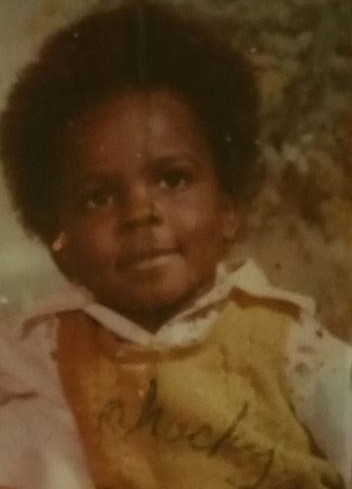
Just when you think there can’t be more contradictions – there are. In his video statement, Melancon describes Mamou getting a phone call in the car regarding a drug transaction. He states that Chucky said, “you got that for me?” to the person on the other end of the line. Melancon doesn’t mention setting up the deal or introducing anybody.
When asked about talking to Adam Peterson, who also went by the name Tim, in the convenience store parking lot, the man that Detective Novak had spoken to and who detailed a conversation with Melancon in the parking lot, Melancon states, ‘No. I don’t know. I don’t recall.’
‘Tim’s’ real name is Adam Peterson.
‘Tim. I don’t know a Tim. I don’t know Adam Peterson.’
Did you walk up to anybody in a truck and start talking to anybody in a pick-up truck?
‘No.’
While you were in front of the Buffalo Store?
‘Uh-uh.’
You positive?
‘I’m positive. The only conversation I had was with Lonnie and Weinerman. And we was just talking, just shooting the breeze. And I didn’t, no. I didn’t go up to no pick-up.’
Try as they might, detectives couldn’t get any of Joseph Melancon’s versions of what happened that night to match anybody else’s.
They asked him, “Did he say anything to you, to let you know where he was going? That he was going to come back and pick you up?”
‘No.’
Police had Melancon’s earlier statements when he described being inside Shannon’s Club with Mamou, stating, ‘a short while Chucky came and told him he had to do some business, and at that time Chucky Mamou and the complainant left the Shannon’s Club.’
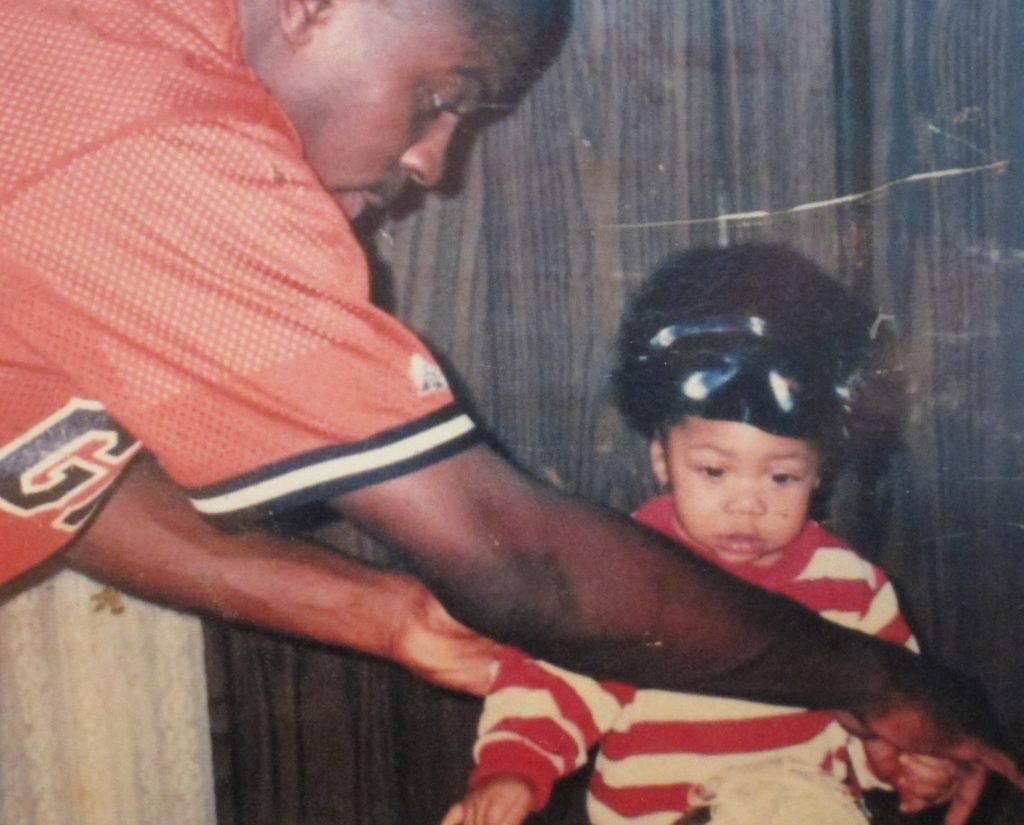
That is a lot for one person to get confused – two people in a club and one coming to say he was leaving vs. two people in a convenience store parking lot and one not saying anything when he left. Detective Novak and HPD had done a lot to secure the conviction, so it seems this contradiction, along with all the others was irrelevant to the detective and the District Attorney.
Melancon’s interview proceeded.
Investigators had been told by Melancon’s cousin that Mamou had threatened him. Yet when they asked, “Did Chucky Mamou ever threaten to kill you?”
On this particular day, Melancon replied, ‘No.’
At any time?
‘MMM-mmm.’
Melancon’s cousin had also told police that Melancon had told him it was a marijuana deal. So they asked, “Did he say specifically what he had?”
‘No, he didn’t never say, you got the dope for me. He never said nothin’ he just said, do you have that for me.’
Police had also heard from Melancon’s cousin that Melancon had introduced Mamou and Bruiser. But on this day, “Who introduced Chucky to Bruiser?”
‘I don’t know. I…’
“Why is everybody telling us that the introduction was made by you? And again – you’re not in any kind of trouble.”
‘I don’t know.’
“You’re not in any kind of trouble. And I’m not sitting here trying to tell you, we’re trying to make a dope case on you, cause that’s not – “
‘Right.’
“Cause that’s not what we’re trying to do. I’m trying to get you to tell me the truth about what happened. Is it coincidental, are you wanting me to believe it’s coincidental that Bruiser and Chucky got together?
‘Yeah.’
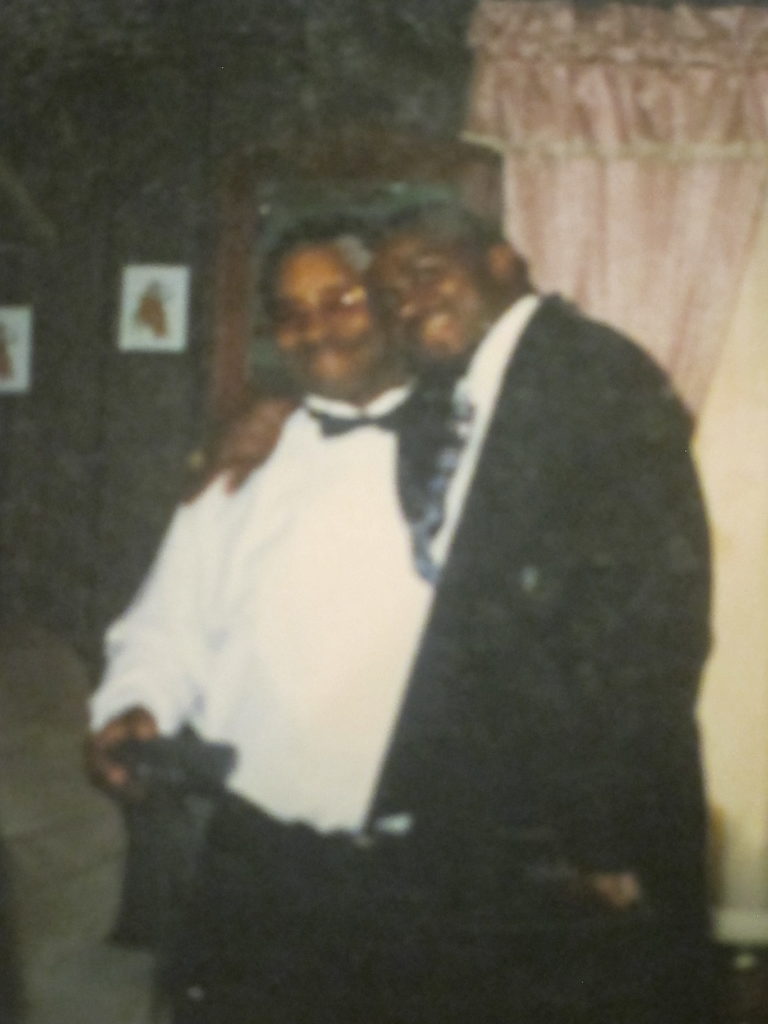
During all three conversations with Melancon that are on record, including this lengthy recorded video, Melancon never mentions seeing Bruiser as he was dying or hearing him make any statements. It seems reasonable that if Melancon had been standing over Bruiser as he spoke his last words, he would have relayed that information to police previously, or shared that information with his cousin. He does, however, comment when detectives show him a photo of Charles Mamou, ‘Yep. Been dreaming about it. I’ll never forget his face’ It isn’t until October 13, 1999, nine days after his last recorded interview with police and over a year after the murder of Bruiser took place – that Joseph Melancon testifies to something he has never once stated on the record before, ‘He said, My boys shot me, and he just kept saying it over and over.’ According to his testimony he’d stood over a dying man and heard him speak, yet in over twelve months, several interviews, and versions he’d told his own cousin, he’d never said that before.
Lynn Mclellen succeeded in acquiring a death sentence, and the jury nor Mamou ever heard any of the witness statements that were sitting in HPD’s case file. Melancon’s own statements don’t support each other and every other existing witness doesn’t support Melancon’s testimony. What’s also interesting – anyone who says Mamou was ‘involved’ was told that by someone else. Charles Mamou is out of appeals and waiting on his execution date.
All posts and details of this case, can be found here. Anyone with information regarding this case or the above case that was used to obtain a death sentence, can contact me, kimberleycarter@verizon.net. There is also a facebook page dedicated to sharing the truth.
TO CONTACT CHARLES MAMOU:
Charles Mamou #999333
Polunsky Unit 12-CD-53
3872 South FM 350
Livingston, TX 77351
![]()
